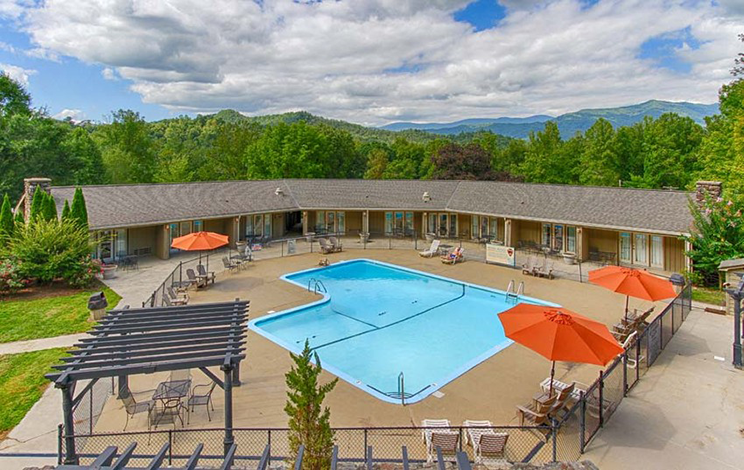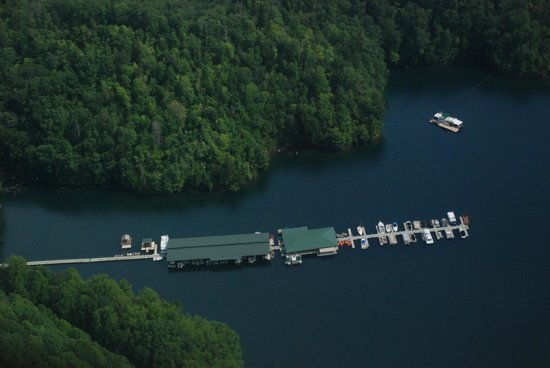The Campground At Fontana Village Fontana Dam Nc
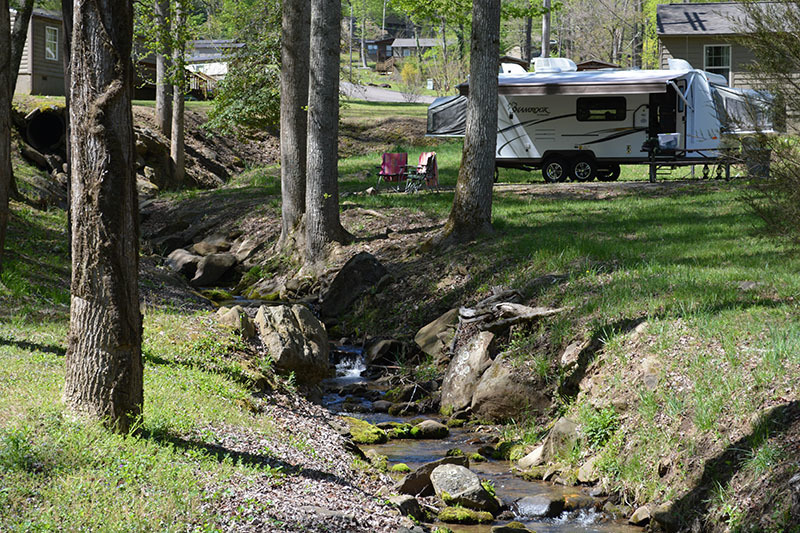
Fontana Village Campground, nestled at the foot of the iconic Fontana Dam in North Carolina, is facing growing pains as its popularity surges. Increased visitation is straining resources, sparking debate about balancing recreational access with environmental protection and the quality of the visitor experience. The future of this beloved outdoor destination hinges on finding sustainable solutions that address infrastructure limitations and evolving user demands.
At the heart of the discussion lies the question: how can Fontana Village Campground adapt to accommodate increasing numbers of visitors while preserving the natural beauty and tranquility that draw people to this unique location? The campground's location, adjacent to both the Great Smoky Mountains National Park and Fontana Lake, makes it a highly desirable destination. However, this popularity has exposed vulnerabilities in the campground's infrastructure and management practices, leading to overcrowding, resource depletion, and concerns about the overall visitor experience.
A Campground Under Pressure
Fontana Village Campground offers a unique blend of natural beauty and recreational opportunities. Its proximity to Fontana Lake, a popular spot for boating, fishing, and kayaking, is a major draw. Add to that the bordering Great Smoky Mountains National Park which provides hiking trails and scenic vistas.
However, the campground's popularity has brought a set of challenges. According to the National Park Service, visitation to nearby areas of the Great Smoky Mountains National Park has steadily increased over the past decade. This increase in visitation has had a ripple effect, putting significant strain on resources at Fontana Village Campground.
Infrastructure Concerns
One of the most pressing issues is the campground's aging infrastructure. The existing water and sewer systems are struggling to keep up with the increased demand. This has led to occasional service disruptions and concerns about the potential for environmental contamination.
Furthermore, the campground's road network is showing signs of wear and tear. Heavy traffic and limited parking spaces contribute to congestion and safety concerns, especially during peak seasons. Expansion of the campground to accommodate more visitors would be difficult due to the terrain and existing infrastructure constraints.
Environmental Impact
Increased foot traffic and vehicle use have raised concerns about the environmental impact on the surrounding ecosystem. Soil erosion, vegetation damage, and water pollution are all potential consequences of overuse. Maintaining the pristine quality of the environment is critical for the long-term sustainability of the campground.
Campground staff are working to mitigate these impacts by implementing sustainable practices. Measures include promoting responsible waste disposal, encouraging the use of designated trails, and educating visitors about the importance of environmental stewardship.
Balancing Recreation and Preservation
Finding a balance between recreational access and environmental preservation is a key challenge facing Fontana Village Campground. This requires a collaborative effort involving campground management, local communities, and visitors. The Tennessee Valley Authority (TVA), which manages Fontana Dam and the surrounding area, plays a crucial role in this process.
One approach being considered is implementing a reservation system to manage campsite availability. This would help to reduce overcrowding and allow campground staff to better manage resources. Another possibility is implementing a carrying capacity limit to restrict the number of visitors allowed in the campground at any given time.
Educating visitors about responsible recreation is another important strategy. This includes promoting Leave No Trace principles, encouraging the use of public transportation, and providing information about local flora and fauna.
Community Perspectives
The future of Fontana Village Campground is also a matter of concern for local communities. The campground provides important economic benefits to the region, attracting tourists and supporting local businesses. However, residents are also concerned about the potential negative impacts of increased visitation, such as traffic congestion and environmental degradation.
Some residents have expressed concerns about the lack of public input in the decision-making process. They argue that local communities should have a greater say in how the campground is managed and developed. Open communication and collaboration between campground management, local communities, and the TVA are essential for finding sustainable solutions.
"We want to ensure that Fontana Village Campground remains a valuable resource for both visitors and local communities," said John Smith, a spokesperson for the TVA. "This requires a balanced approach that takes into account the needs of all stakeholders."
Looking Ahead
The future of Fontana Village Campground will depend on the ability to address the challenges posed by increased visitation. Investing in infrastructure improvements, implementing sustainable management practices, and engaging with local communities are all crucial steps.
The National Park Service is also collaborating with the TVA to develop a long-term management plan for the area. This plan will address issues such as transportation, recreation, and environmental protection.
Ultimately, the success of Fontana Village Campground will depend on a shared commitment to responsible recreation and environmental stewardship. By working together, visitors, campground management, and local communities can ensure that this beloved destination remains a vibrant and sustainable resource for generations to come.
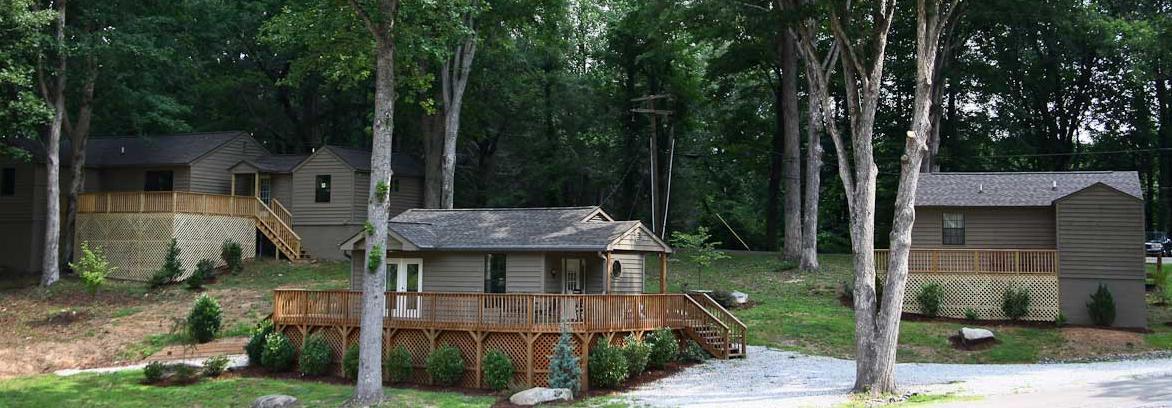
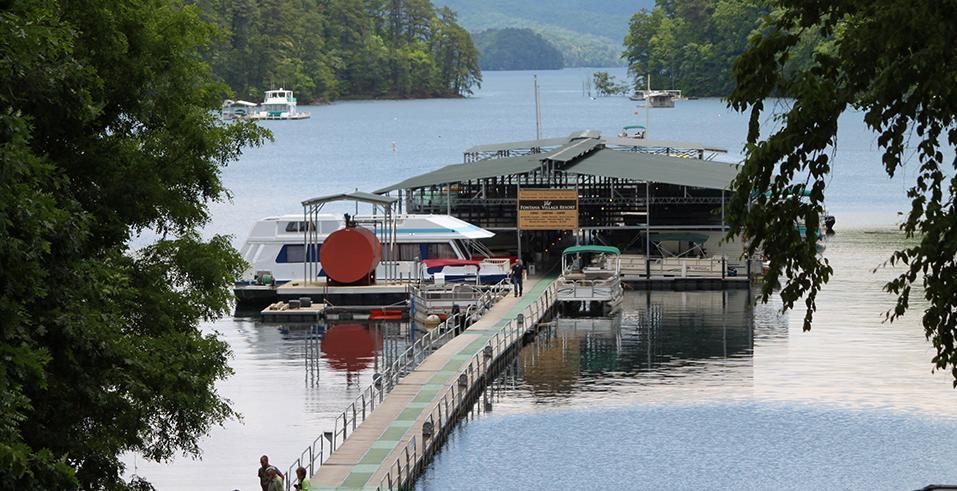
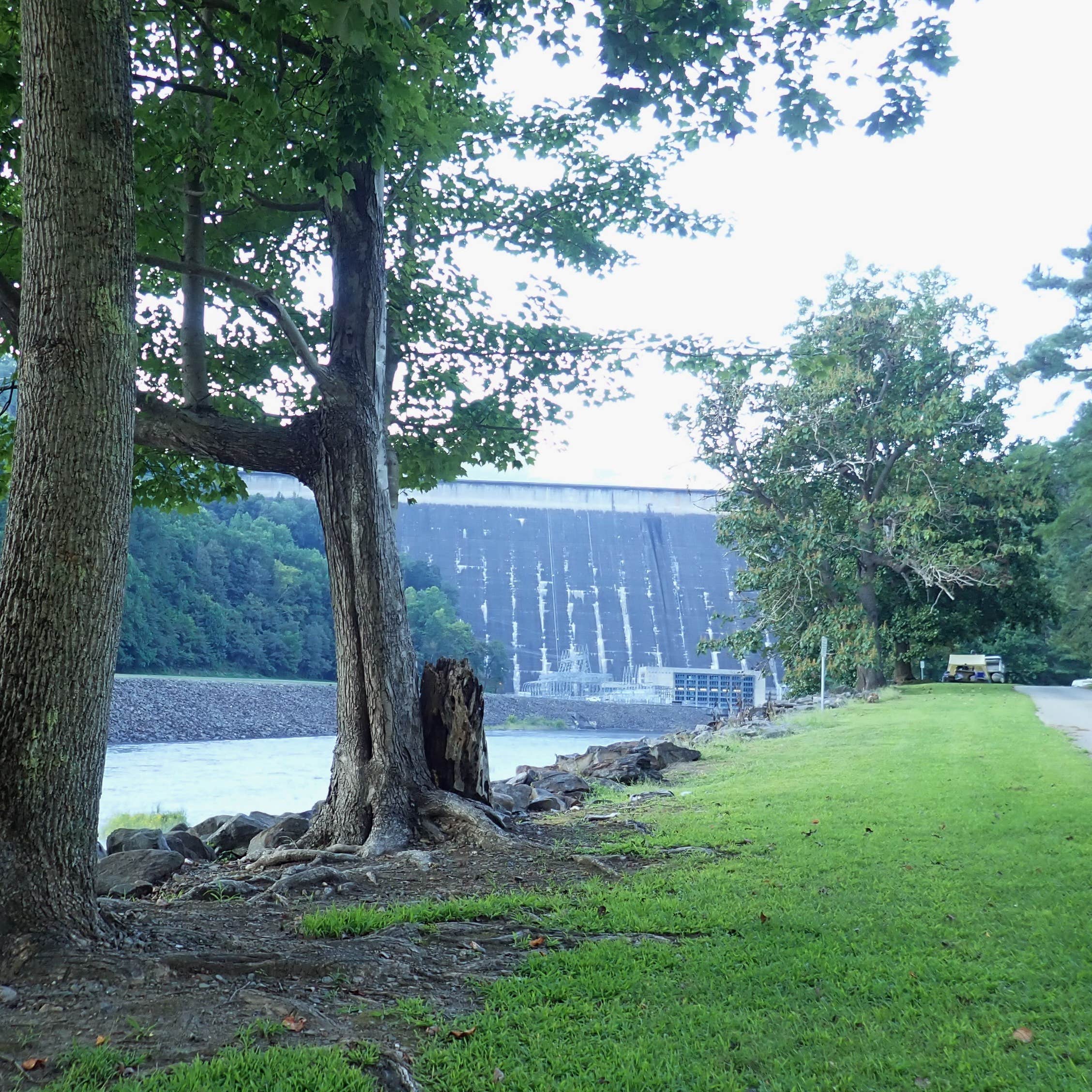
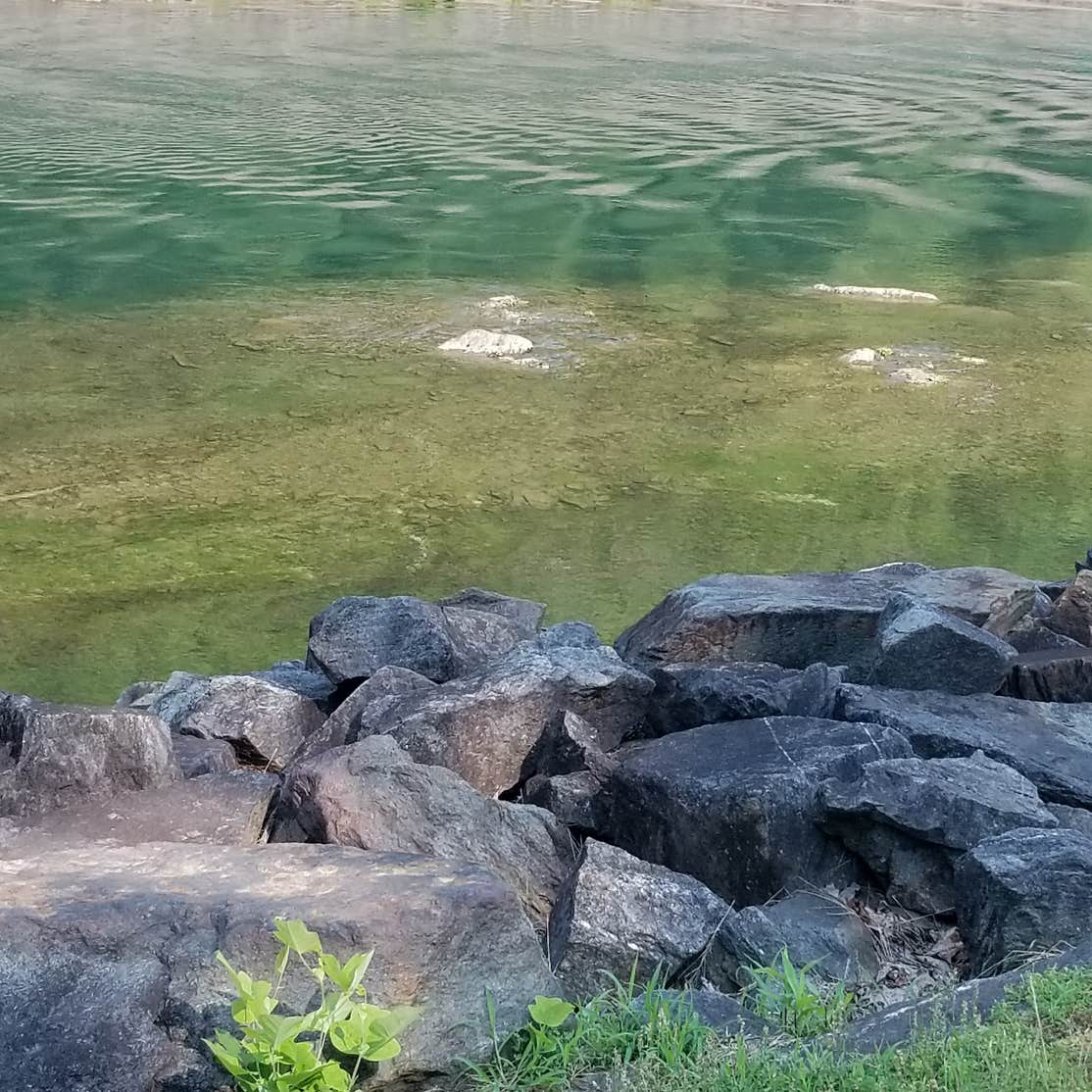
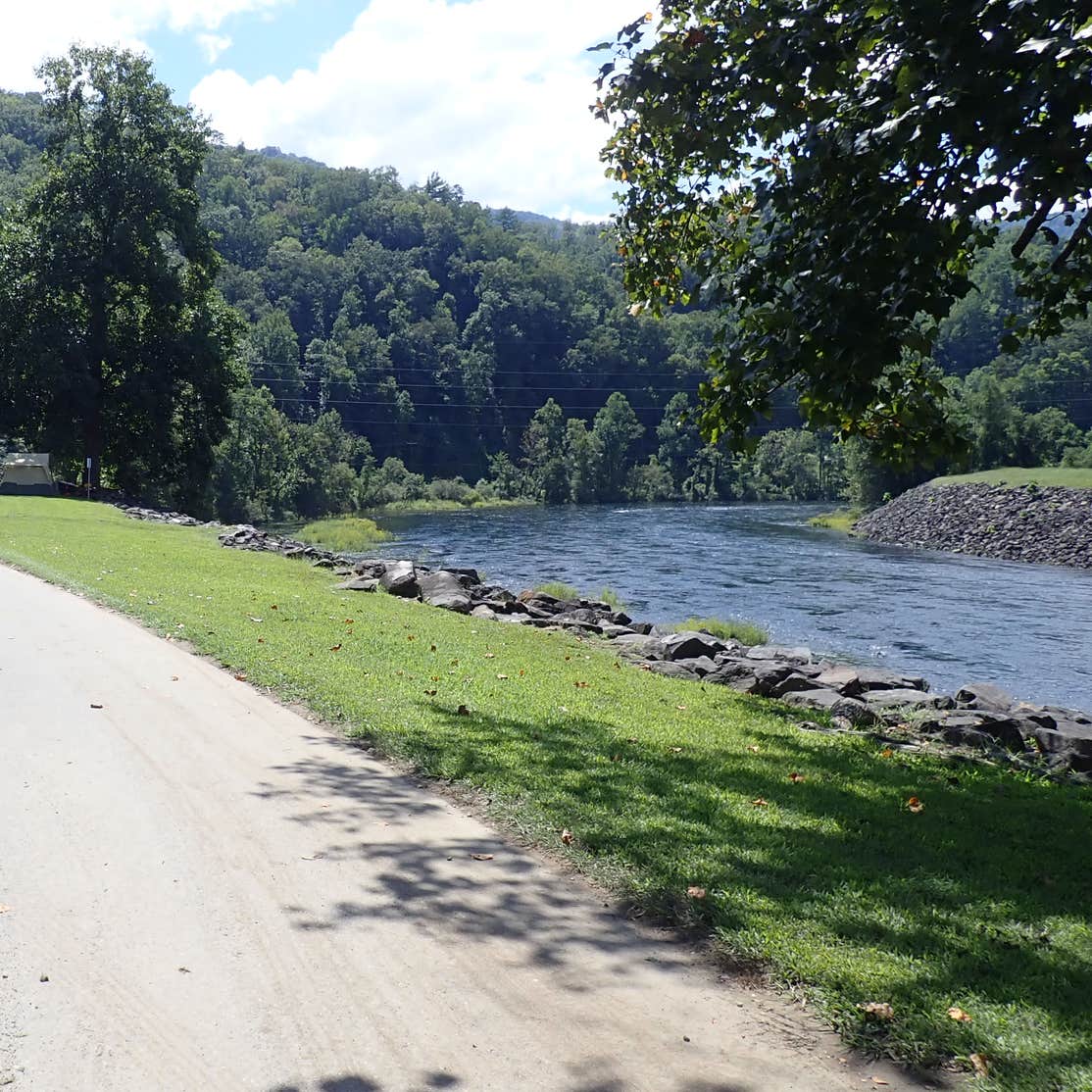
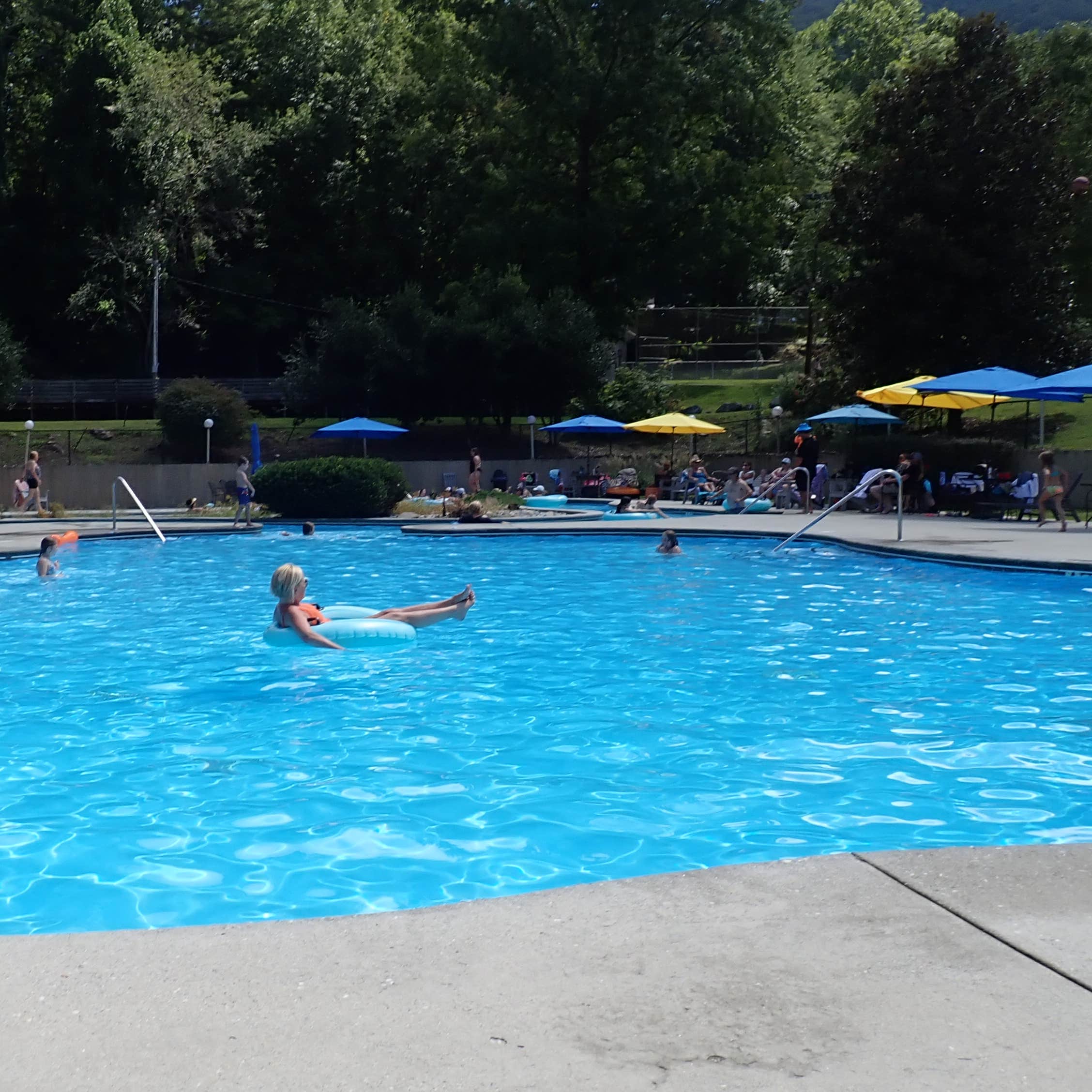





.efc1a60d.jpg)
